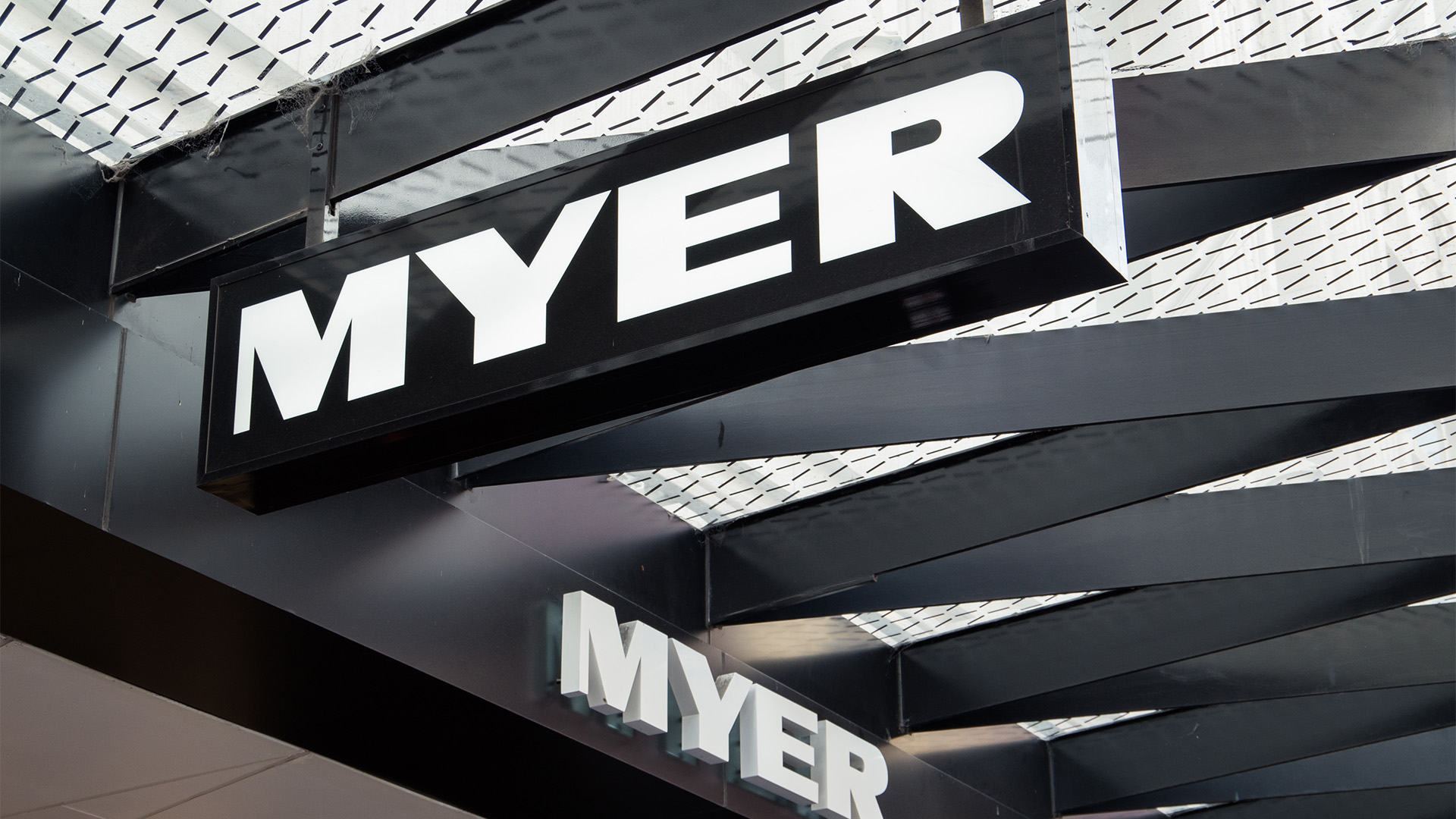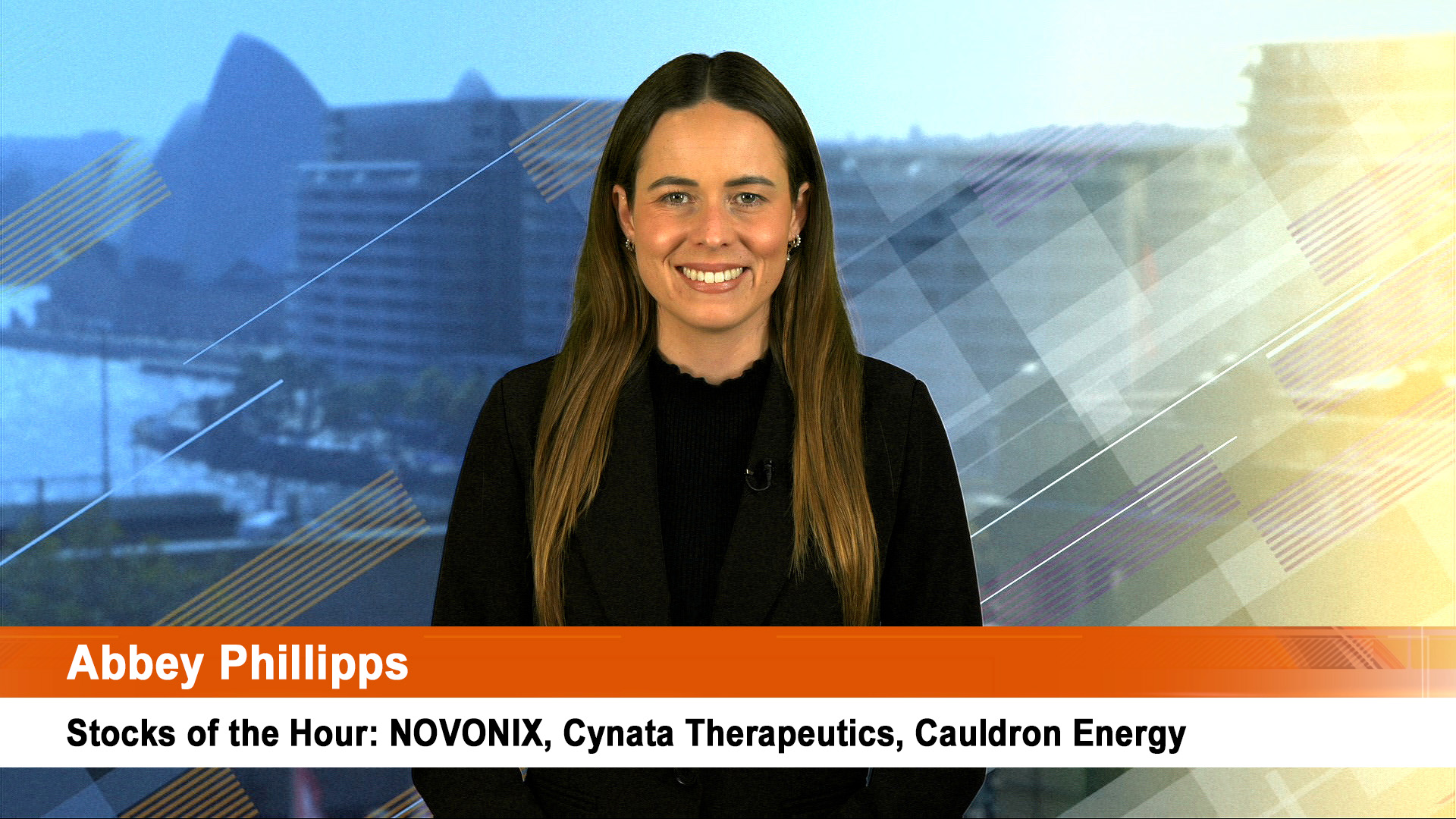Cash splash looms in Japan?
With the Japanese government of Prime Minister Shinzo Abe reported to be readying a huge $US270 billion stimulus package for announcement next week, what will the Bank of Japan do at its monthly meeting in Tokyo today? Many in the markets have predicted more quantitative easing moves.
The central bank has widely been tipped to step up its stimulus measures today, but the huge spending package from the central government might have changed the scope of the plans to something more modest or complementary.
The Financial Times reported overnight that Bank of Japan Governor, Haruhiko Kuroda “is set to dash market hopes for ”helicopter money” on Friday but there is a high chance the Bank of Japan governor will deliver more stimulus as he battles with falling inflation.”
“According to surveys conducted by Bloomberg and TV Tokyo, about 80 per cent of analysts expect easing at the BoJ’s July meeting, although they are widely split on what form it will take,” the FT reported.
The extent of the problem the government and the BoJ are looking to fix will be set out in the usual end of month data dump in Japan. Inflation will be low – more deflation, unemployment will be at or close to record lows, retail spending in will be weak, especially in some types of retailing, and industrial production data will again be unconvincing.
Japan’s problem (besides the deflationary climate the central bank has been unable to break with successive spending and other measures in the past four years) is weak demand in its major export markets of the US, Asia, Japan and Europe.
It is problem shared by the likes of China, South Korea, US exporters, Taiwan, Hong Kong and Singapore. Exporters remain the engine for the Japanese economy, especially through business investment, which remains weak).
The FT and other media say that while the odds of a further easing in policy by the BoJ “are higher than at any time since the adoption of negative interest rates in January, BoJ officials say there is no chance of helicopter money, leaving them with a dilemma: they fear whatever they do will now disappoint markets,” in the words of the FT.
Helicopter money is a colloquial way of describing a controversial process whereby a central bank would pledge to increase the money supply permanently. This could be done by issuing money direct to the population, with the proviso it is never repaid.
That could be also done by funding the government to make the payments via perpetual bonds that are never repaid (more likely 50 year bonds that can be rolled over at future dates to extend their maturity).
But there would be no need to do that yet, not with the Abe government planning its big spending program announcement next week. The BoJ could announce plans to step up its purchase of bonds, shares and other securities to inject more money into the economy via banks and other investors.
According to Japanese media reports around half the 28 trillion yen package (some 13 trillion) will be in unexplained “fiscal measures”. The package has evolved since Mr Abe’s win in the Japanese Upper House elections. That prompted a sell off in the yen (from around 100 yen to the US dollar to more than 107 yen), and a surge in the Japanese stock market of around 11%.
Investors think more spending and quantitative easing from the government and the central bank are on the way. That is looking more likely and the impact will be felt down here in Australia in coming weeks once the size, shape and direction of the plans become clearer.
These measures could actually send the value of the Aussie dollar higher (even though money will push into the Japanese markets to ride any surge in shares) as more conervative investors seek safety in less volatile currencies.













